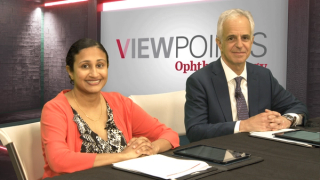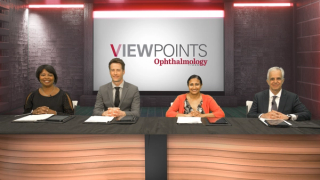
Wet AMD
Latest News
Latest Videos

CME Content
More News

The trial will evaluate AXPAXLI in at least 555 patients in a multi-center, double-masked, randomized (2:2:1), 3-arm study.

The pivotal phase 3 clinical trial is the first of 2 that will evaluate the use of DURAVYU for the treatment of wet age-related macular degeneration.
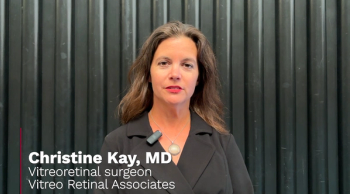
The PRISM clinical trial assesses 4D-150 (4D Molecular Therapeutics) in adults with neovascular age-related macular degeneration, also known as wet AMD.

The VAN-2401 phase 1 clinical trial will evaluate the use of KH658 for the treatment of wet AMD.

The company announced 27 abstracts at the Association for Research in Vision and Ophthalmology (ARVO) 2025 Annual Meeting from May 4 to 8 in Salt Lake City.
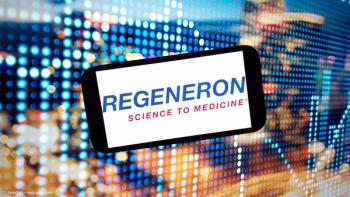
The FDA did not agree with a supplemental Biologics License Application for the addition of extended dosing intervals of up to 24 weeks across currently-approved indications.

A Prescription Drug User Fee Act (PDUFA) goal date of August 27, 2025 was set by the organization.

The first session of the 2025 COPHy meeting was titled "Big controversies in retina and beyond in 2025.”

The study is now expected to be fully enrolled with all 300 patients randomized by the end of 2024.

According to the company, the axitinib injectable suspension achieved all primary and secondary outcomes and maintained stable visual acuity and anatomical control over 9 months. There were no ocular or treatment-related serious adverse events.
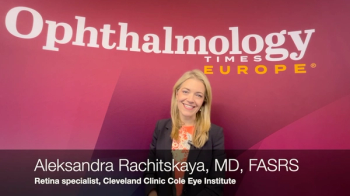
Aleksandra Rachitskaya, MD, FASRS, speaks about the Vit-Buckle Society at the 2024 EURETINA Congress.

4D Molecular Therapeutics has announced data based on the longest interim follow-up from Phase 1/2 PRISM clinical trial and 4FRONT Phase 3 study design.

Gene therapy offers a promising alternative by potentially providing long-lasting effects from a single treatment.

This certification covers AI based regulatory requirements for the company's platform for AI imaging and diagnostic tools.
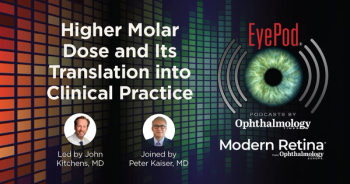
John Kitchens, MD, and Peter Kaiser, MD, discuss drug duration, accelerating dosing intervals, and other pearls for aflibercept dosing in wet AMD.

Adverum CEO Laurent Fischer spoke exclusively to Modern Retina about the 26-week interim analysis.

A novel formulation may prevent blood vessel growth and vascular leakage in the retina.

A team of researchers at the Ohio State University found that in mice an enzyme related to cell growth and division is a culprit in the blood vessel invasion in the back of the eye that causes blurred central vision in wet AMD.

The pharmaceutical candidate is being evaluated as a potential treat for nAMD.

The company expects approval from the EMA by 2025.

The biosimilar was approved for treating patients with age-related neovascular (wet) macular degeneration (nAMD) and other serious retinal diseases.

This study compared AVT06 with aflibercept (Eylea) in patients with neovascular AMD.

The company announced updated data from the OPTIC extension study of patients diagnosed with wet AMD during the Retina Subspecialty Day at the American Academy of Ophthalmology 2023 Annual Meeting in San Francisco.
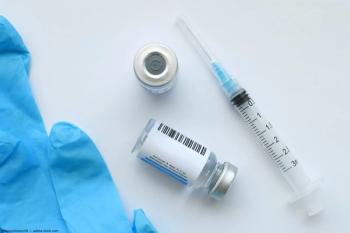
This study will evaluate a potential gene therapy treatment in which a targeted gene directly to the retina.
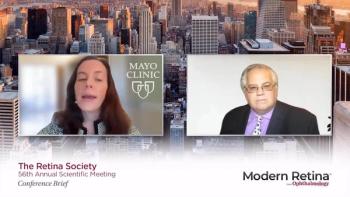
Sophie Bakri, MD, MBA, shared insights from her presentation, "Comparison of the Antiangiogenic Profile of Tyrosine Kinase Inhibitors Vorolanib, Axitinib, and Sunitinib."







